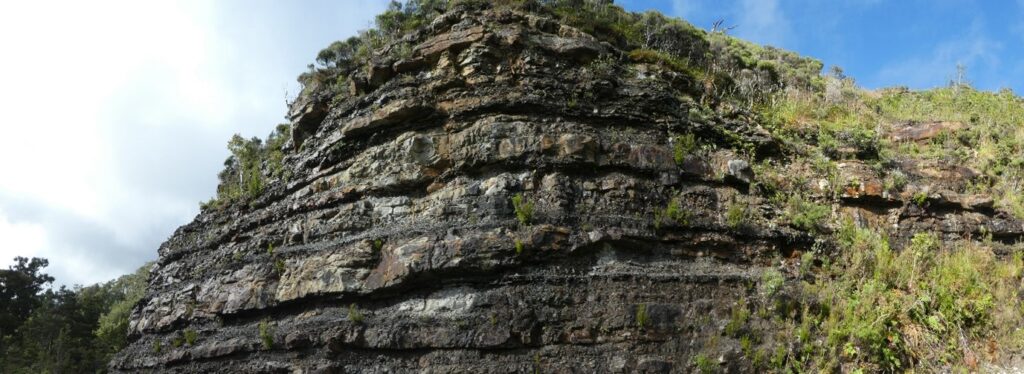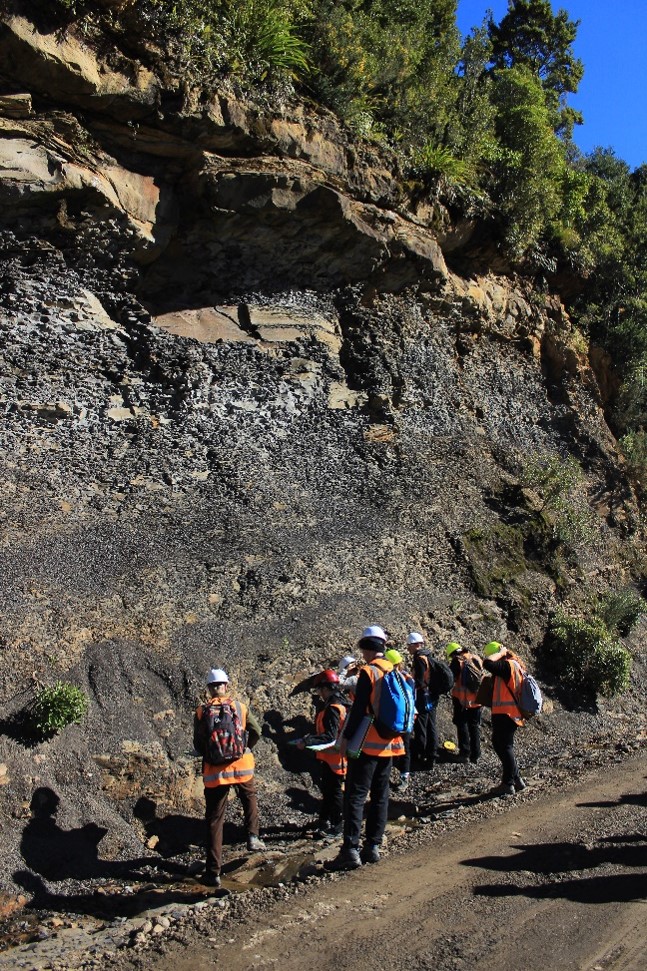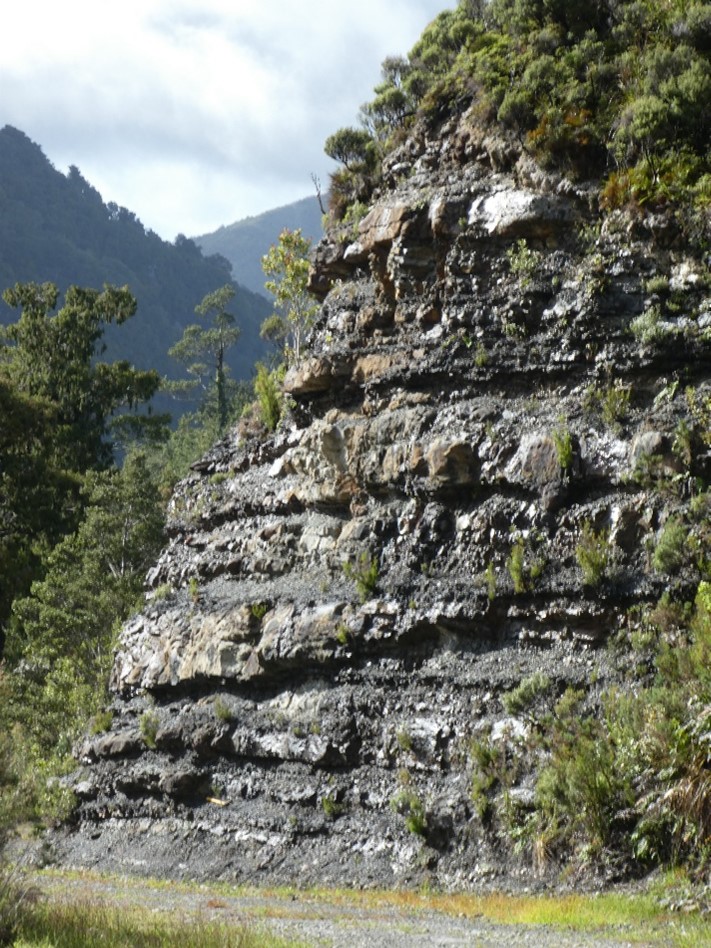Active Geomorphology from Marlborough to Canterbury – How Faults, Landslides and Sediment Cascades have Shaped Contrasting Landscapes
Date: 31 January – 1 February 2026
Cost ($NZD inc 15% GST): Approx $500 – $600 per person
Lacustrine sedimentation – ancient rift fill tectonic control on alternating lacustrine and coal
Date: 31 Jan – 4 Feb 2026
Cost ($NZD inc 15% GST): Approx $1,000 per person
In the Shadow of Mt. Taranaki: Miocene to Recent Deposits from Rivers to the Deep Sea
Date: 30 January – 2 February 2026
Cost ($NZD inc 15% GST): Approx $700 per person
Chatham Islands
Date: 31 January – 7 February 2026
Cost ($NZD inc 15% GST): Approx $6,500 per person
Distal sedimentation from large-volume silicic eruptions in a regression-dominated marine environment
Date: 22 – 23 January 2026
Cost ($NZD inc 15% GST): Approx $410 to $460 per person
Volcano-sedimentary processes around New Zealand’s active andesite and rhyolite volcanoes
Date: 21 – 25 January 2026
Cost ($NZD inc 15% GST): Approx $1,100 to $1,200 per person
Sedimentation on an Evolving Margin
Date: 22 – 24 January 2026
Cost ($NZD inc 15% GST): Approx $770 to $850 per person


